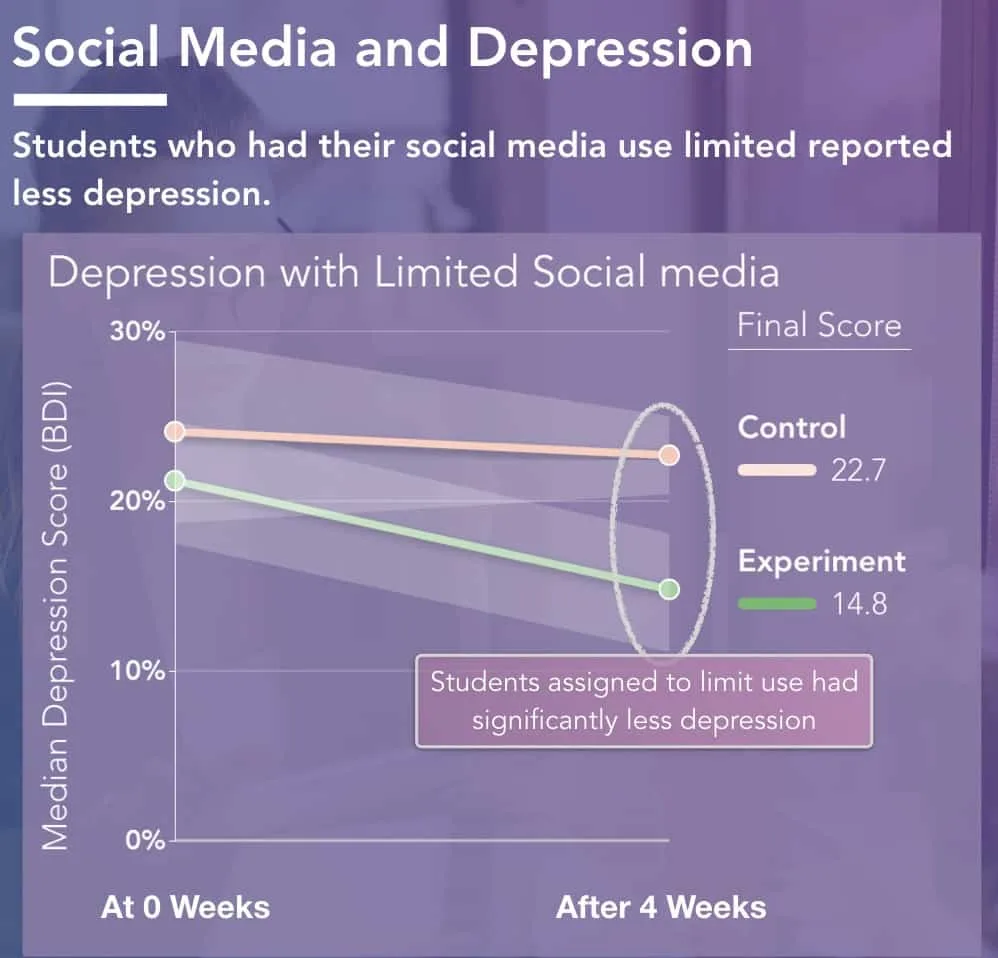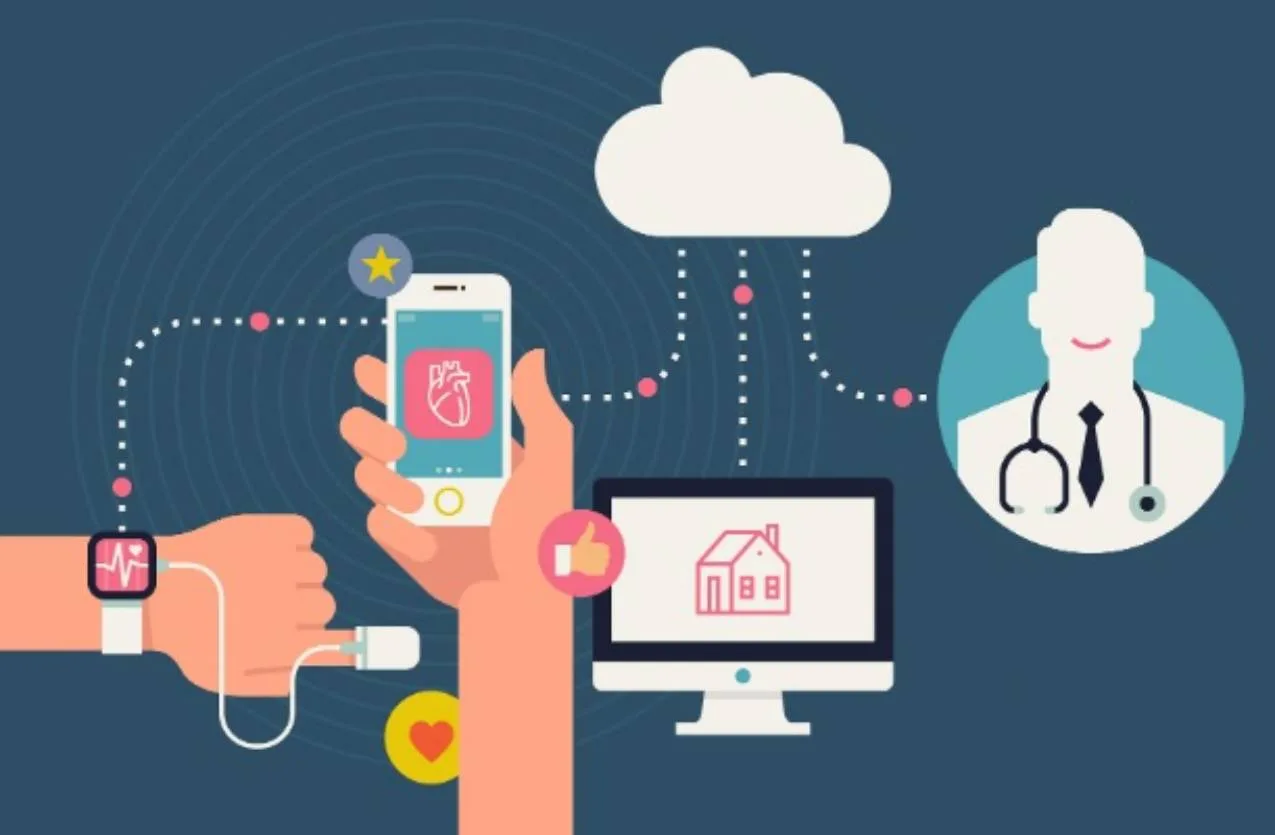In our modern society, technology has become an integral part of our daily lives, but it’s important to recognise that certain technologies can be bad for our health, both physically and mentally.
As technology continues to advance, it’s easy to get caught up in the excitement of new gadgets and innovations. However, not all new technologies are good for our health.
In fact, some new technologies may be causing harm to our bodies and minds. This question has been on my mind for sometime now so I decided to write this opinion article to share my findings and personal new found insight.
One of the most significant ways I now see technology being harmful to our health over the course of my research is the contribution to sedentary lifestyles. The rise of computers, smartphones, and streaming services has made it easy for us to spend hours sitting in front of screens.
It’s been well documented these devices and services can lead to weight gain, cardiovascular disease, and a host of other health problems. To combat this, us humans need to start making more time to prioritise physical activity in our lives, whether it’s through exercise, outdoor activities, or simply taking regular breaks to stretch and move around.
Heck! I’m guilty of not doing these things right now. Instead of practicing what I preach, I’m sitting here pinned to my computer writing these articles as I do most of my spare time.
Social media, in particular, has been linked to anxiety, depression, and poor self-esteem. The constant comparison to others and the pressure to present a perfect life online can be overwhelming so it’s essential to take breaks from social media when necessary.
At times it can be hard to be mindful of how we use social media as most strive to use it in a way that promotes positive mental health, such as by connecting with others and engaging in meaningful conversations. However, I’ve noticed over years after reading various articles and looking into my own personal experiences the negative is beginning to move ahead of the positives.
According to a study conducted in 2017 among young adults aged 19-32, individuals who frequently utilised social media were over three times more likely to experience social isolation in comparison to their counterparts who did not use it as frequently.
Fast forwarding to recent research among gen z reveals that almost 56% of this generation experienced more intense social isolation overall due to the Covid-19 pandemic and are more likely to say they were lonely as compared to previous generations (Cox, 2022).

Social media has become an integral part of our lives, with millions of people using platforms like Facebook, Twitter, Instagram, and TikTok daily. While social media has many positive aspects, such as connecting with friends and family, it has also been linked to depression.
Studies suggest excessive social media use can lead to feelings of inadequacy, loneliness, and anxiety. The constant comparison to others and the pressure to present a perfect life can contribute to low self-esteem and depressive symptoms. Additionally, social media can lead to a lack of real-world social interaction, which can further exacerbate feelings of loneliness and isolation.
It’s important to note that not everyone who uses social media will experience depression, and there are many other factors that can contribute to depression. However, it’s essential to be mindful of how social media use affects our mental health and to take steps to manage our social media consumption if necessary.
Medical professionals have cited that smartphone use is another modern technology that can be both harmful and detrimental to our health. Excessive smartphone use has been linked to poor sleep, eye strain, and neck and shoulder pain.
I think it’s essential for device manufacturers to start providing information within or on packaging that recommends us all to take breaks from our phones, especially before bedtime, and limit our overall screen time, just as warnings on cigarette packets became legislation
Along with device instructions there should also be advice such as practicing good posture and ergonomic habits, such as holding our phones at eye level and taking frequent breaks to stretch and move our bodies.
Video games, social media, and streaming services can also be very addictive and lead to poor time management, neglect of responsibilities, and decreased productivity. So it’s essential to recognise when our technology use is becoming problematic and take steps to address it, such as setting boundaries and seeking professional help if necessary.
The signs of using too much technology.
From smartphones to laptops to smart home devices, while these technologies have brought numerous benefits and made our lives more convenient, it’s important to consider how much technology is too much?
We need to start becoming aware of the warning signs that you may be using technology excessively and the potential health risks associated with overuse.
As for me personally, I’ve noticed that one of the first signs that you may be using technology too much is when it begins to interfere with your daily life.
If you find yourself constantly checking your phone, even in situations where it’s inappropriate or unnecessary, it may be a sign that you have become too dependent on technology. Another sign is when technology begins to affect your relationships with others, such as your personal family life, friends or even your marriage.
If you’re spending more time on your phone or computer than with your loved ones, it may be time to reassess your technology use and schedule more time for the people around you.
Excessive technology use can also have negative effects on our mental health. Social media, for example, has been linked to anxiety, depression, and poor self-esteem as i’ve mentioned before so it’s important to recognise when our technology use is causing these negative effects and take steps to reduce our usage.
So, how much technology is too much? The answer is subjective and varies depending on the individual. However, it’s important to recognise when technology use is interfering with our daily lives, relationships, and mental and physical health.
At this point I think it’s also important to point out that according to clinical notes not all technology overuse is something that’s necessarily self-inflicted. It can also occur due the neglect of family or loved ones resulting in the user seeking alternative mental stimulation that technology can offer.
The Dark Side of Technology

While technology has brought many benefits to our lives, it also has a dark side that we must be aware of. The negative effects on our health can be serious and long-lasting, and it is important to take steps to mitigate them.
Like the Jedi, we must be mindful of the dark side of technology and use it wisely and in moderation. May the Force be with us.
Tips for Reducing the Negative Effects of Technology on Your Health
Reducing the negative effects of technology on our health requires a conscious effort. Here are some tips to help you get started:
- Take frequent breaks and follow the 20-20-20 rule.
- Use ergonomic equipment and maintain good posture.
- Limit your screen time and prioritise self-care.
- Establish a bedtime routine that doesn’t involve technology.
- Engage in activities that promote physical and mental well-being, such as exercise, healthy eating, family time and meditation.
Devices – Technology that can have an negative impact on your health
1. Blue Light-Emitting Devices
Blue light-emitting devices, such as smartphones, computers, and tablets, can be bad for your health because they can disrupt your natural sleep cycle and cause eye strain.
Blue light has a short wavelength and high energy, which means it can penetrate deep into the eye and cause damage to the retina. Prolonged exposure to blue light can lead to digital eye strain, which is characterised by symptoms such as dry eyes, blurred vision, and headaches.
Additionally, blue light can disrupt the production of melatonin, a hormone that regulates sleep-wake cycles. Exposure to blue light in the evening can trick your brain into thinking it is still daytime, making it difficult to fall asleep and stay asleep. Lack of sleep can lead to a host of health problems, including obesity, diabetes, and heart disease.
2. Wearable Devices
Wearable devices can potentially be bad for your health due to various factors. One of the problems is distraction, which can lead to accidents or injuries, especially if you are using your device while driving, walking, or engaging in other physical activities.
Some people can also become addicted to the information and feedback provided by their wearable devices, leading to obsessive behavior that can affect their mental health.
Some have reported skin irritation issues, which can occur when you wear a device for a long time, especially if you have sensitive skin or allergies.
3. In-Ear Headphones
In-ear headphones are a popular accessory for listening to music, podcasts, and other forms of audio content. They provide a level of convenience and portability that is unmatched by other types of headphones.
One of the primary concerns with in-ear headphones is that they can cause hearing damage. In-ear headphones sit inside the ear canal, which means that they deliver sound directly to the eardrum. If the volume is too high, it can damage the delicate hairs inside the ear and cause permanent hearing loss.
A study found that people who regularly use in-ear headphones at high volume levels are more likely to suffer from hearing damage than those who use other types of headphones.
In-ear headphones, when used for prolonged periods, can also cause ear infections and hearing loss due to the blockage of air circulation in the ear.
4. VR Headsets
Virtual Reality (VR) has been around for several years and has become increasingly popular with the advent of affordable VR headsets. While this technology is exciting and provides an immersive experience, there are potential health risks associated with prolonged use of VR headsets.
One of the most common side effects of VR headset usage is motion sickness. This is often caused by a mismatch between what the eyes see and what the inner ear perceives, leading to dizziness, nausea, and disorientation.
The severity of motion sickness varies from person to person, and some individuals may be more susceptible to it than others.
Prolonged use of VR headsets can also lead to eye strain. The lenses inside the headset focus the eyes at a fixed distance, causing the eye muscles to work harder than they normally would. This can lead to eye fatigue, headaches, and blurred vision.
Additionally, VR headsets can also cause disorientation, especially when users remove the headset after prolonged use. This is known as “VR hangover” and can cause symptoms such as confusion, dizziness, and disorientation.
5. Computer Gaming
Computer gaming and other online games have become increasingly popular in recent years, with millions of people around the world engaging in these activities on a regular basis.
While gaming can be a fun and engaging way to pass the time, it is important to be aware of the potential health risks associated with prolonged use of these technologies.
It’s frequently observed and noted that spending too much time gaming can also lead to social isolation, which can have negative effects on mental health. This is especially true for younger individuals who may miss out on important social interactions and opportunities for personal growth and development.
Gaming addiction has been recognised as disorder and has been defined in the 11th Revision of the International Classification of Diseases (ICD-11)
Those who are addicted to gaming may experience clinical withdrawal symptoms, anxiety, and depression when they are unable to play leading to significant impact on their overall quality of life.
I’m sure you might be thinking there many more technologies that can have a harmful impact on your health. However, for the sake of keeping this article short and sweet i’ve listed just a few.
Extended Summary Of Thoughts
While technology can provide many benefits, it’s important to be aware of the potential health risks associated with new and emerging technologies. To stay healthy, it’s essential to limit our exposure to harmful technologies and use them in moderation.
We should be proactive in protecting our health by staying active, getting enough sleep, and taking breaks from technology when necessary. By doing so, we can continue to enjoy the benefits of technology without compromising our health.







